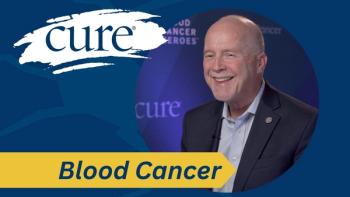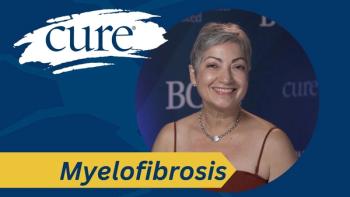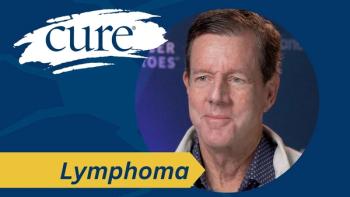
Educated Patient® Breast Cancer Summit at MBCC Nursing Perspective on Clinical Trials Presentation: March 4, 2023
Watch Isabel Octaviano, from Miami Cancer Institute, Baptist Health South Florida, discuss the nursing perspective to clinical trials during the CURE Educated Patient® Breast Cancer Summit at MBCC.
Episodes in this series

While oncologists are helpful in helping patients to find clinical trials that are a right fit for them, nurses are equally essential in helping to enroll patients in these trials.
At the at CURE® Educated Patient® Breast Cancer Summit, held live and virtually at the Miami Breast Cancer Conference, Isabel Octaviano, clinical research nurse at the Miami Cancer Institute, Baptist Health South Florida, discussed how she works with oncologists and researchers to administer experimental treatments to patients directly.
Her presentation explained how patients can navigate clinical trial websites and identify prospective trials they may be eligible for. As a clinical research nurse, Octaviano’s role includes screening participants for eligibility criteria as well as administering treatment throughout the duration of the trial.
When a patient enrolls in a clinical trial, their care is handled by the trial physicians from that point on, meaning their staff will provide all treatments and manage any side effects that emerge during testing.
“The nurse is essential in the enrollment of the patient,” Octaviano said in an interview with CURE®. “During the time that the patient becomes active in the study, we're the ones conducting the visit alongside the clinician, we really take care of all of the clinical aspects of the case while the patient is participating on a research clinical trial.”
Octaviano also addressed common concerns she sees from prospective trial participants, such as concerns over receiving adequate care or costs. She was clear that research costs are paid for by the trial’s sponsor and routine medical care is covered by insurance, and under no circumstances will a clinical trial team leave a patient without treatment.
“In clinical research trials and an oncologist setting, there is no such thing as just getting a placebo as treatment. For instance, I just had a trial that we conducted at MCI that recently closed, where there are two arms of the trial where both arms had a placebo incorporated into the treatment regimen. However, the person with the (placebo) would get a placebo plus two treatment drugs, actual (Food and Drug Adminstration)-approved drugs. Most of the time, that is the model that is used with clinical research trials.”
Patients interested in participating in clinical trials can discuss the possibility with their oncologist or check the websites of drug manufacturers as well as consulting clinicaltrials.gov.
For more news on cancer updates, research and education, don’t forget to



















